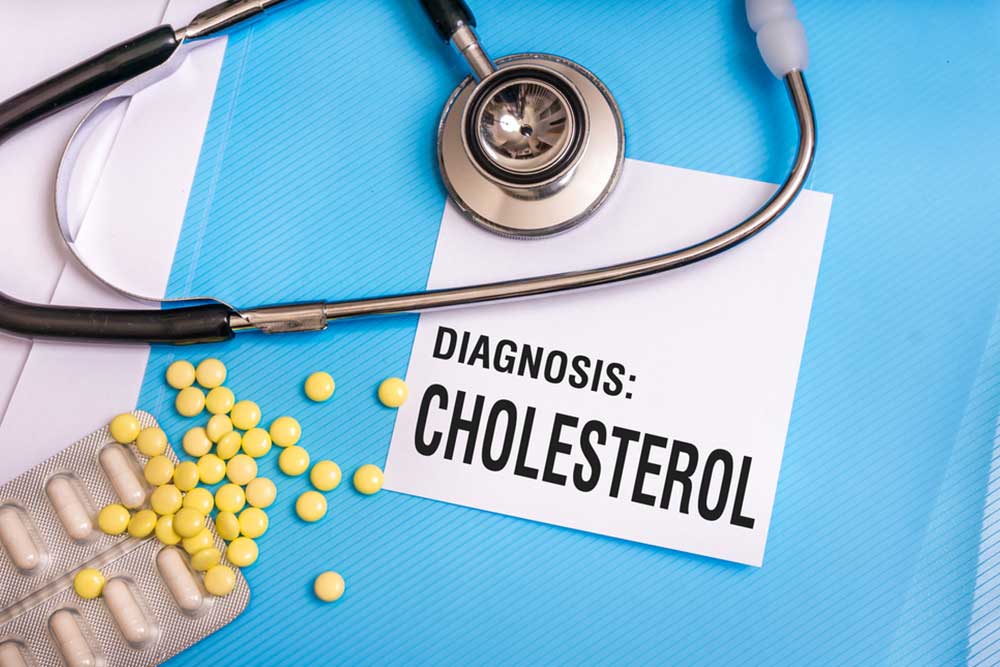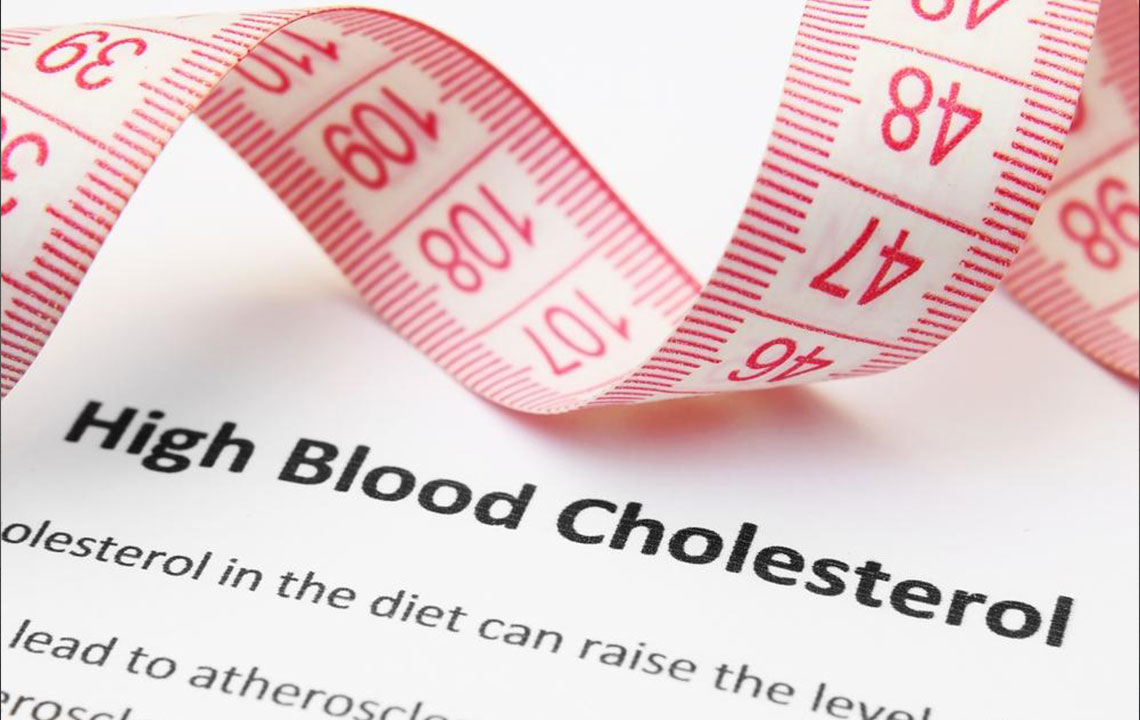Guide to Cholesterol Levels in Adults and Kids
This comprehensive guide explains cholesterol level standards for adults and children, emphasizing the importance of monitoring LDL, HDL, and total cholesterol for heart health. Regular testing and maintaining healthy ranges can significantly reduce cardiovascular risks. The article offers practical tips and a clear chart to evaluate your cholesterol readings, encouraging timely medical consultation for personalized care.

Understanding Cholesterol Ranges for Different Age Groups
Monitoring cholesterol is vital for maintaining heart health. Cholesterol is categorized into LDL (bad cholesterol), HDL (good cholesterol), and total cholesterol. Levels vary based on age, gender, and weight. Adults should get tested every 4 to 6 years, with cholesterol tending to rise with age. Children typically have lower levels. Below is a comprehensive chart that helps assess if your cholesterol readings are within healthy limits or require attention.
Cholesterol Targets for Adults
Ideal total cholesterol should be below 200 mg/dL. Values between 200-239 mg/dL are borderline, while 240 mg/dL and above are high and risky.
LDL cholesterol should be under 100 mg/dL. Levels from 100-129 mg/dL are acceptable for healthy individuals. Borderline high is 130-159 mg/dL, and 160-189 mg/dL is high. Anything over 190 mg/dL is very high and warrants concern.
HDL cholesterol should be above 60 mg/dL for optimal heart protection. Levels below 40 mg/dL pose increased risk. A higher HDL is advantageous.
Cholesterol Guidelines for Children
Children's total cholesterol should be under 170 mg/dL. Levels between 170-199 mg/dL are borderline, and over 200 mg/dL are considered very high and risky.
LDL cholesterol in children should be below 110 mg/dL. Borderline is 110-129 mg/dL, while 130 mg/dL and above is high.
Regular monitoring and managing LDL and HDL levels are key for cardiovascular health. Keeping total cholesterol and LDL low while maintaining high HDL can reduce risks of heart attacks and strokes. Consult your healthcare provider for accurate screening and personalized advice.
Note:
The information on this site serves as a general guide. Always seek medical advice for diagnosis and treatment. We are not responsible for variations or inaccuracies in external data or conditions. Stay updated with comprehensive health checks for optimal well-being.










